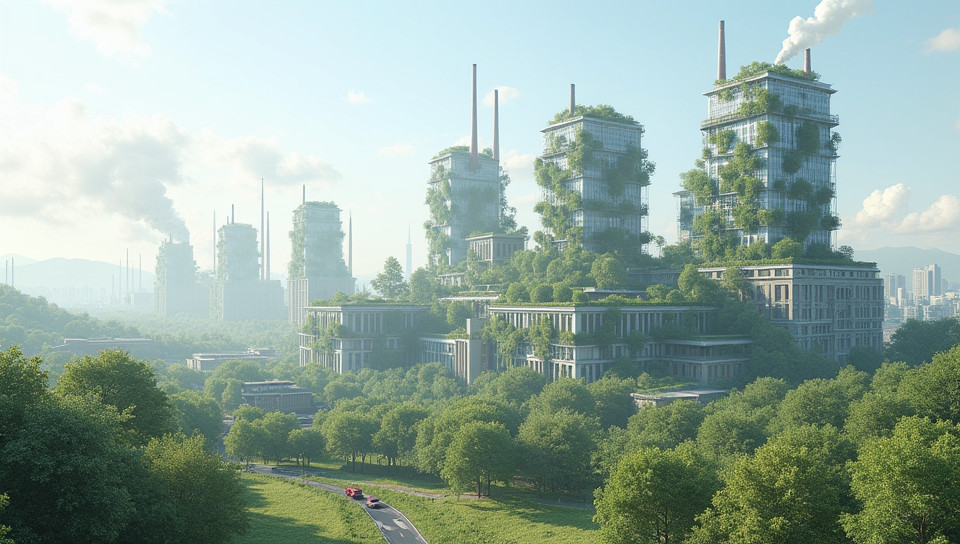These buildings promote greenhouse gases and emissions 51%

The Hidden Culprits: How Buildings Contribute to Greenhouse Gases
As we continue to urbanize and build our way into the future, it's becoming increasingly clear that our buildings are having a profound impact on the environment. From skyscrapers to suburban homes, these structures are not only consuming vast amounts of energy but also releasing massive amounts of greenhouse gases into the atmosphere. In this article, we'll delve into the surprising ways in which buildings promote greenhouse gases and emissions.
The Building Blocks of Greenhouse Gases
Buildings are often designed with energy efficiency in mind, but the truth is that they can be significant contributors to greenhouse gas emissions. Here are some of the key ways in which buildings contribute to climate change:
- They consume a lot of energy for heating, cooling, and powering electrical systems
- They release massive amounts of carbon dioxide (CO2) into the atmosphere through construction materials like concrete and steel
- They can harbor pollutants like particulate matter (PM), ozone (O3), and nitrogen oxides (NOx)
- They contribute to the urban heat island effect, which can increase energy consumption and emissions
The Materials That Matter
The building materials we use can have a significant impact on greenhouse gas emissions. Some of the most polluting materials include:
- Concrete: One of the most widely used construction materials in the world, concrete is responsible for around 8% of global CO2 emissions
- Steel: Steel production accounts for around 7% of global CO2 emissions
- Insulation: While insulation can help reduce energy consumption, some types of insulation contain chemicals that contribute to greenhouse gas emissions
The Role of Design and Architecture
The way our buildings are designed and constructed can have a significant impact on their environmental footprint. Some design elements to consider include:
- Using natural ventilation and daylighting to reduce the need for mechanical heating and cooling
- Incorporating green roofs and walls to reduce urban heat island effects
- Choosing sustainable building materials and products
- Implementing energy-efficient systems like solar panels and wind turbines
A Call to Action
As we continue to build our way into the future, it's essential that we prioritize sustainability and environmental responsibility. By making conscious choices about building design, materials, and operations, we can significantly reduce greenhouse gas emissions and create a healthier environment for ourselves and future generations.
In conclusion, buildings are not just passive structures – they're active contributors to climate change. By understanding the ways in which our buildings promote greenhouse gases and emissions, we can take steps towards creating a more sustainable built environment. It's time to rethink our approach to building design and construction, prioritizing sustainability and environmental responsibility at every turn.
- Created by: Dhruv Kumar
- Created at: Jan. 28, 2025, 2:21 p.m.
- ID: 19360






